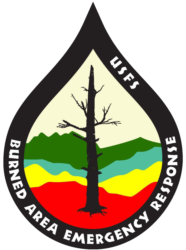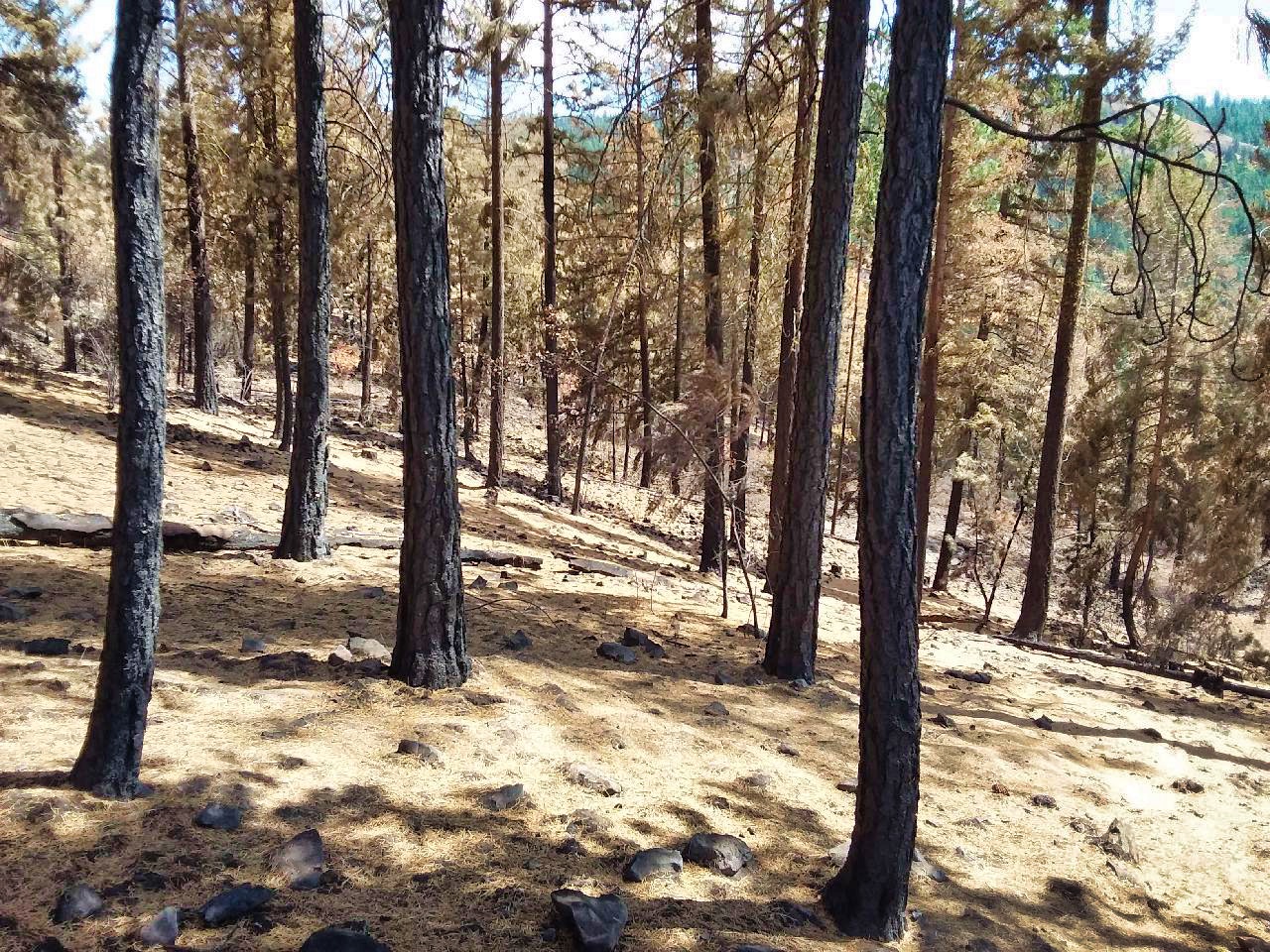This website is no longer being updated and will be deactivated in 2025. Current and future Burned Area Emergency Response (BAER) information and reports are now on the Okanogan-Wenatchee National Forest BAER site
Central Washington BAER Publications
1 to 3 page PDF fliers

